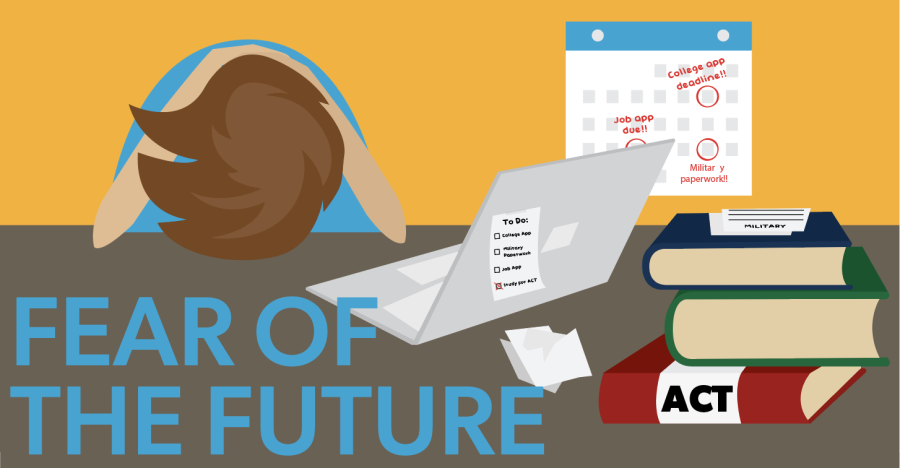Staff Editorial: Stigmas surrounding post-secondary plans can result in students picking careers to meet expectations
The JagWire staff recommends for both students and schools to look at all paths as viable options for a successful future.
By Chloe Miller
November 11, 2022
As high school students, whenever talk of the future arises, the first question asked is typically about what college we will attend. The conversation then turns into what career path we plan to take and stay in for the rest of our lives.
These life-defining questions leave many students feeling stressed when they don’t have everything figured out. The default is to get a degree at a four-year college because that’s what is expected of most students, but this is not necessarily the best option for all students.
Additionally, asking students to pick a career they are interested in, then work backwards to find the education necessary to attain that job can make the future seem overwhelming. This perception that college is key is only further reinforced by all of the representatives from colleges students see in the cafeteria on an almost daily basis.
In a world where university is viewed as the correct path, students can feel isolated when their career doesn’t meet expectations. This isolation can even deter students from pursuing other routes such as trade school, military or entering the workforce.
The shame felt by many students who don’t intend to attend a four-year college is a symptom of a larger stigma around post-graduation plans.
In order to minimize the influence of the stigma surrounding post-high school plans, students should work towards finding a career path based on what they love doing. To accomplish this, students should feel empowered to utilize high school programs like CTEC and EDTEC, clubs and activities, and military representatives at lunch-time.
Using those experiences to explore career routes can help students find what they actually enjoy doing. High school should be seen as an opportunity to try out new things, not as a time to pick one thing and focus on it to get into a particular college or career.
Additionally, while acknowledging the good intent behind the school’s attempts to guide students, some of the resources provided by the school can increase the stress and stigma around future plans, especially when conflated with societal norms.
To improve, the school can help students learn more about available career options by bringing in people who have entered the workforce or gone through trade school to talk to students about the variety of options.
The school could also utilize closed seminar time on Thursdays for future preparation in other ways than IPS and Xello. Though these resources can be helpful, many students do not see them in this way and this time could be better focused by educating students on non-university options with speakers or information.
Until we, students and schools alike, are able to look at trade schools, workforce certifications, and military as viable post-high school options in addition to four-year college, the stigma around future plans will continue.









